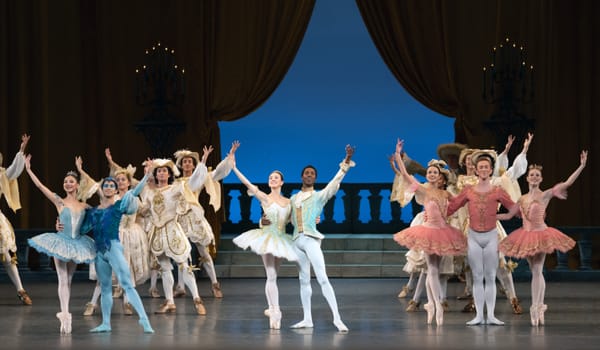Summertime Magic
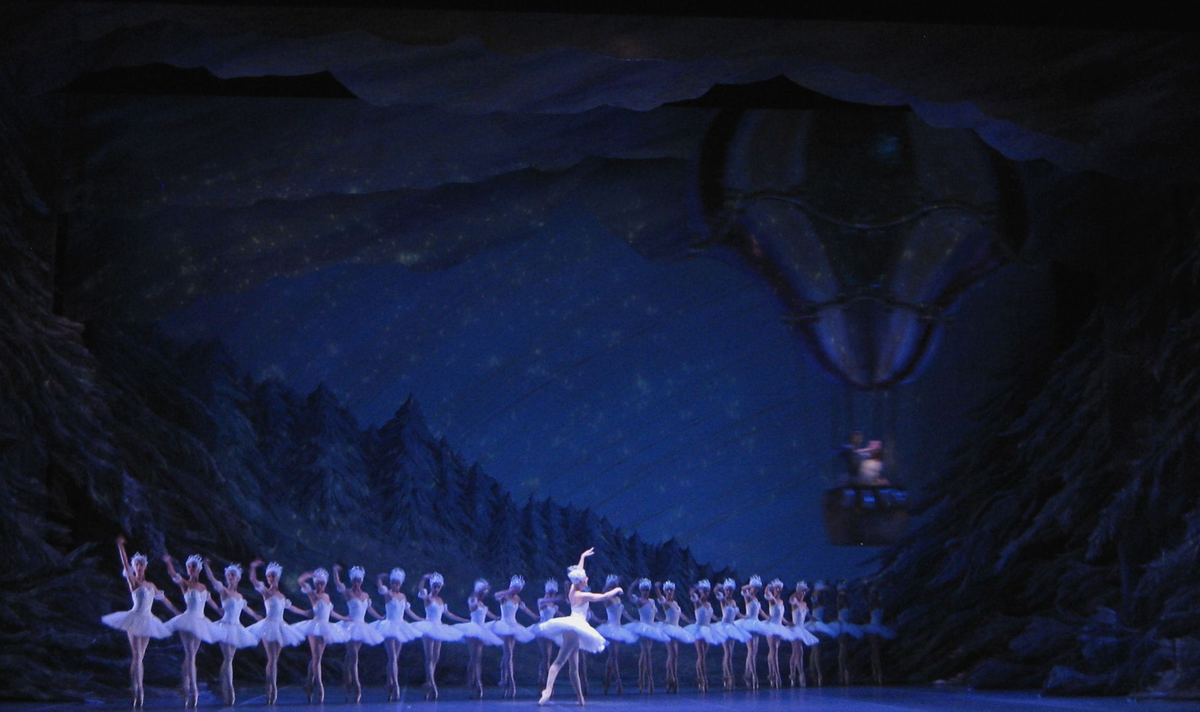
“Nutcracker”
Teatro Colón Ballet
Teatro Colón
Buenos Aires, Argentina
December 23, 2014
Outside the theater the streets may have been permeated with the warmth of the early Argentine summer, but for a few hours inside the famous Teatro Colón the ballet troupe enveloped the audience in the wintry magic of the “Nutcracker.”
The theater’s new 2014 production, staged and choreographed by the company’s artistic director Lidia Segni, replaced a Rudolf Nureyev version which had a long performance history at the theater, but was last performed by the company in 2009. And a whole bouquet of elements made the experience of seeing Colón’s new version of the famous Russian ballet remarkable. The contrast of the warm temperatures outside and falling snow illusions within was one thing, but the splendor of this iconic house, the world renowned acoustics and the beautiful new staging and choreography, performed with great care by the dancers, made for a wondrous experience.
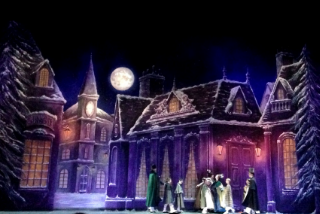
The enchantment began long before the rise of the curtain, as the stunning beauty of the theater, recently refurbished in 2010, already created breathtaking moments. The grand white marble staircase that leads the audience into the theater, the beautiful hallways with gilded wall detailing and majestic chandeliers, the infinity of the Golden Hall and its mirrors, the columns and stained-glass windows and ceilings, all served as enticement for the magic to come. The audience hall itself was equally impressive with its gilded boxes adorned with floral candelabra-like light fixtures, and the majestic frescoed ceiling surrounded by the names of the great composers whose music can be heard in the hall.
Renowned for its near-perfect acoustics, few theaters could make Tchaikovsky’s music feel as alive as Colón, and that was apparent from the opening notes of the overture. Effortlessly conducted by Emmanuel Siffert, the music saturated the hall in its entirety and felt like it wasn’t just coming from the orchestra pit, but surrounded the audience, making it a part of the great score. As the curtain rose to reveal the opening scene and its richly hued decorations by Sergio Massa, the few minutes that passed already made the performance seem worthwhile, but it was only the beginning.
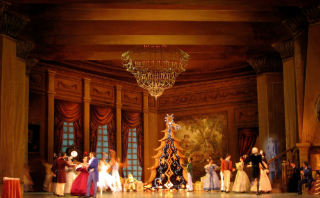
The new stage and set designs of this production proved to be of world-class caliber throughout the performance. The party scene took place in a lush interior of a bourgeois household, and it seemed as though it could have been a living room of one of the many European-styled palatial mansions that can be seen on the streets of Buenos Aires, back in their glory days. The Christmas tree had a gilded outer edge, echoing the style of the hall, which it retained as it grew in the later scene when the many mice with glowing red eyes surrounded Clara. The snow scene set was detailed without the invasive feel that can sometimes make the forest seem to be closing in on the leads; and at the end of it Clara and the Prince sailed away in a hot air balloon, the image of which was then repeated as a graphic projection onto the stage back, giving the magic sail a distant view perspective. In the second act, the Kingdom of Sweets was elaborate, with plenty of desserts represented, but in the same style as the party scene set to which the production returned for Clara’s reawakening to end the ballet.
Besides the set and costumes, the production featured Segni's new choreography after the Lev Ivanov/Marius Petipa original. Despite this credit, the ballet actually takes more from the numerous later Russian revivals than the original Ivanov’s choreography created at Petipa’s direction, and seems to have drawn inspiration from the best of what that Russian legacy has to offer. Clara here is danced by the same adult ballerina throughout the ballet and performs the second act's grand pas de deux with the Prince. The Snow scene isn’t just a corps dance, and has a Snow Queen lead. The pastoral dance of the Act 2 divertissement almost entirely reproduces the famous pas de trois version choreographed by Vasiliy Vaynonen for the Mariinsky Theater which is typically performed by early- to mid-level ballet school children but here was done by adults, and still looked really good.
The ballet had a number of high points, chief among which were the mice scene, where the many dancers in slender costumes with glowing red eyes jumped menacingly around the terrified Clara until the Nutcracker and his cavalry saved the day, and the Snow Waltz, which resembled many of the elements of the Yuri Grigorovich Bolshoi Theater version in some of its patterns, and features many beautiful solos for the Snow Queen, Paula Cassano, who captured every note of the score, exhibiting a remarkable leg line. Most notably, unlike so many versions in North America, the Snow Waltz here was accompanied by a live children’s chorus instead of recorded singing, making the scene feel even more like a hopeful child’s dream.
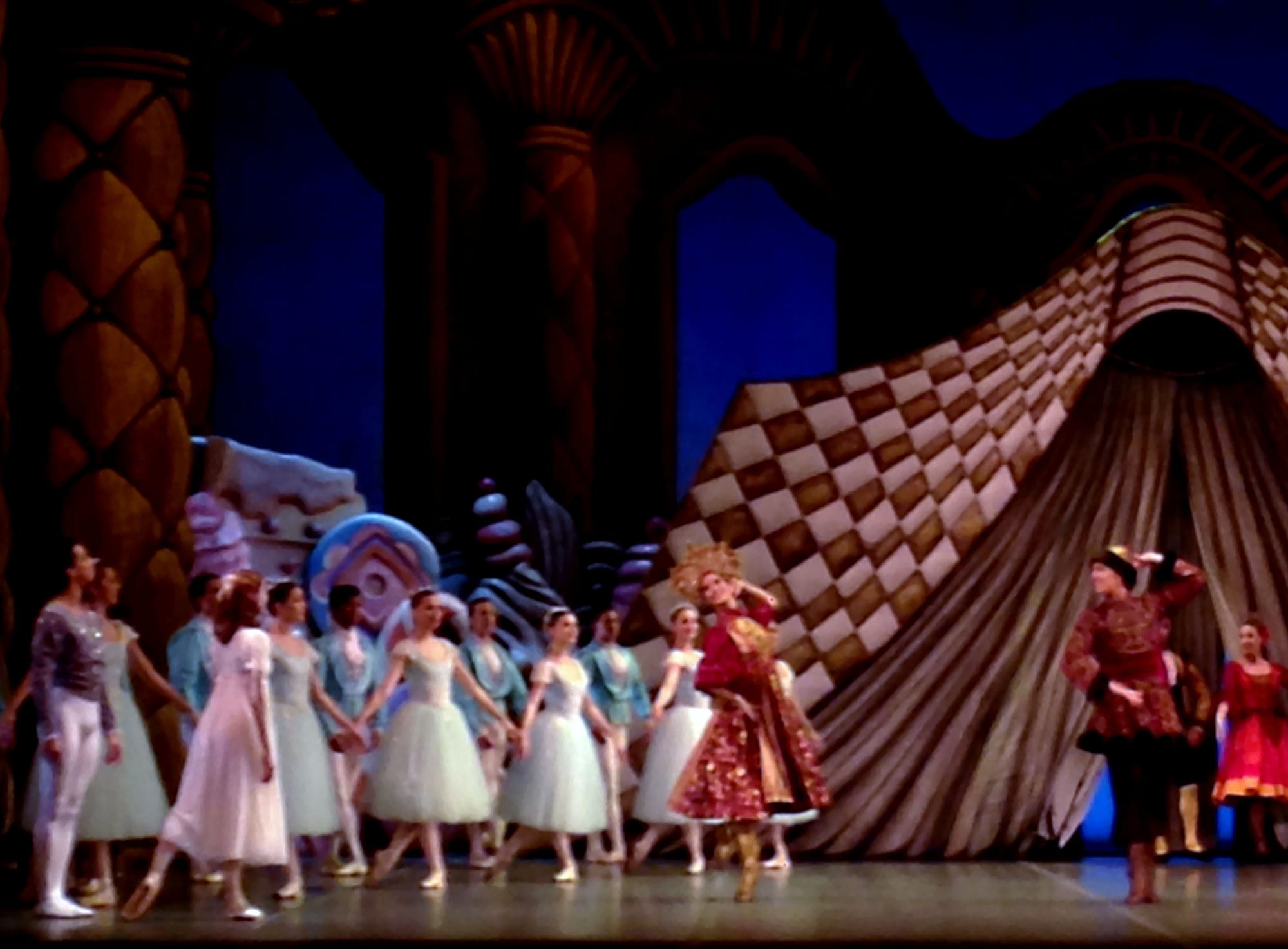
The leads, Macarena Giménez as Clara and Maximiliano Iglesias as the Prince, carried the spirit of the performance with youth and romance. Giménez seamlessly transitioned from the young girl of the first scenes to the romantic young woman of the second act, adorning her movements with elegant suspension and beautiful renversés. Iglesias partnered her with great chivalry, and his solos showcased admirable ballon. But by far, the production highlight was the character dances in Act 2. Few companies perform the national dances, here each performed as a duet, with so many characteristic accents: the Spanish Dance had impeccable shoulder placement; the Arabian Dance, remarkable plasticity in the spine and hips; the Russian Dance was most impressive, with the dancers executing the many traditional moves, particularly the Russian obertasy turns performed by Ayelén Sánchez, with so much prowess it could make a Russian dancer jealous.
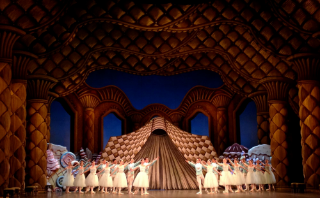
Not all was perfect. The orchestra staged a protest before and after the performance, stomping their feet and holding up signs with the word “Basta” (“Enough”) demanding better pay and treatment, though in between they played the music beautifully. Besides good style and accents the dancers were very detailed in the mime and port de bras, but faltered on a number of turns and lifts. Those little moments did nothing to ruin the experience however, and just like Clara’s dream, when this theater’s “Nutcracker” was over it brought a sense of sadness and joy at having had a fantastic treasure of an experience that was now over.
Who knew that on a summer night in Buenos Aires a wintry fairy tale can come so alive and feel so magical?
copyright © 2014-2015 by Marianne Adams
